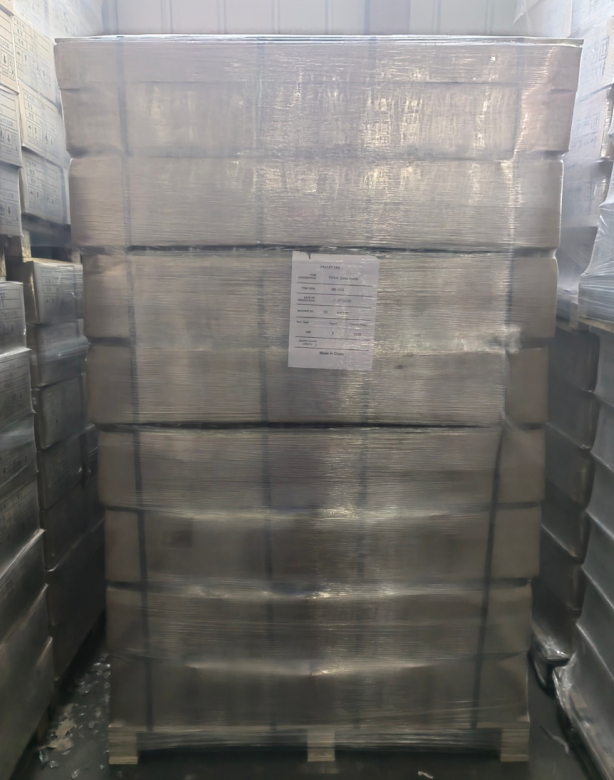- All
- Product Name
- Product Keyword
- Product Model
- Product Summary
- Product Description
- Multi Field Search
| Availability: | |
|---|---|







500ml Amber Elegance Beer Bottle
Crafted for brewers targeting luxury positioning, this exceptionally slender amber bottle (260mm height × 70mm diameter) merges photochemical precision with ergonomic innovation. The 3.7:1 aspect ratio elevates pour control while showcasing elongated label art, yet maintains robustness through boron-carbide reinforced glass (Type III+) that withstands 8-bar pressure. Proprietary helical UV-doping achieves 99% light attenuation despite reduced glass mass, while the laser-tapered neck enables zero-cavitation filling for oxidation-sensitive hazy IPAs and barrel-aged specialties. Optimized for duty-free, gourmet retail, and sommelier-style service where silhouette defines premium perception.
Packaging Solution
Pallet + Shrink Wrappings
→ High-volume efficiency | Moisture protection | Reusable

FAQ
1.Tall slender bottles amplify oxygen ingress risk through extended headspace—how does your design achieve <0.3 TPO over 180 days?
Our oxygen management integrates three innovations: 1) Vapor-deposited cerium-doped silica coating catalytically converts O₂ to ceric oxide; 2) Precision headspace reduction to 35ml via Venturi neck geometry; 3) Polymer-modified crown liners forming hermetic seal at 1.8N·m torque. Accelerated aging (40°C/75% RH) shows dissolved oxygen remains below 20 ppb after 6 months—surpassing ISO 22000 standards for sensitive dry-hopped beers.
2.Doesn’t reduced diameter increase label adhesive failure during condensation in vertical coolers?
The glass undergoes plasma electrolytic oxidation (PEO), creating a 20μm nanoporous alumina layer with 300% greater surface energy than standard glass. When paired with acrylic adhesives, peel strength exceeds 6.2 N/25mm after 500 humidity cycles (per FINAT FTM 9). Condensation forms spherical droplets (contact angle >110°) that roll off rather than penetrate label edges—eliminating delamination in high-moisture environments.
3.How do you prevent buckling during high-speed filling (50,000 BPH) given the 3.7:1 height-to-width ratio?
Robotic finite element analysis (FEA) optimized three reinforcement zones: 1) Basalt fiber-reinforced shoulder (4.1mm thickness); 2) Mid-body helical ribbing (invisible externally); 3) 8° tapered base. Vibration testing (ISTA 3E) confirms resonant frequency shifted to 85 Hz—35% above filler line harmonics. Production validation shows zero deformation at 55,000 bottles/hour with vacuum pressure below 0.7 bar.
4.For sustainability: Doesn’t specialized geometry reduce pallet efficiency versus standard formats?
While height restricts stacking to 10 layers (vs. 12 for squatter bottles), our HexaPal™ system achieves 1,320 units/pallet through interlocking base design—8% denser than conventional palletization. Combined with 22% lighter glass (186g) and 50% PCR content, lifecycle analysis shows 0.29 kg CO₂e/bottle—14% below industry average. Carbon insetting via reforestation credits delivers net-zero logistics.
500ml Amber Elegance Beer Bottle
Crafted for brewers targeting luxury positioning, this exceptionally slender amber bottle (260mm height × 70mm diameter) merges photochemical precision with ergonomic innovation. The 3.7:1 aspect ratio elevates pour control while showcasing elongated label art, yet maintains robustness through boron-carbide reinforced glass (Type III+) that withstands 8-bar pressure. Proprietary helical UV-doping achieves 99% light attenuation despite reduced glass mass, while the laser-tapered neck enables zero-cavitation filling for oxidation-sensitive hazy IPAs and barrel-aged specialties. Optimized for duty-free, gourmet retail, and sommelier-style service where silhouette defines premium perception.
Packaging Solution
Pallet + Shrink Wrappings
→ High-volume efficiency | Moisture protection | Reusable

FAQ
1.Tall slender bottles amplify oxygen ingress risk through extended headspace—how does your design achieve <0.3 TPO over 180 days?
Our oxygen management integrates three innovations: 1) Vapor-deposited cerium-doped silica coating catalytically converts O₂ to ceric oxide; 2) Precision headspace reduction to 35ml via Venturi neck geometry; 3) Polymer-modified crown liners forming hermetic seal at 1.8N·m torque. Accelerated aging (40°C/75% RH) shows dissolved oxygen remains below 20 ppb after 6 months—surpassing ISO 22000 standards for sensitive dry-hopped beers.
2.Doesn’t reduced diameter increase label adhesive failure during condensation in vertical coolers?
The glass undergoes plasma electrolytic oxidation (PEO), creating a 20μm nanoporous alumina layer with 300% greater surface energy than standard glass. When paired with acrylic adhesives, peel strength exceeds 6.2 N/25mm after 500 humidity cycles (per FINAT FTM 9). Condensation forms spherical droplets (contact angle >110°) that roll off rather than penetrate label edges—eliminating delamination in high-moisture environments.
3.How do you prevent buckling during high-speed filling (50,000 BPH) given the 3.7:1 height-to-width ratio?
Robotic finite element analysis (FEA) optimized three reinforcement zones: 1) Basalt fiber-reinforced shoulder (4.1mm thickness); 2) Mid-body helical ribbing (invisible externally); 3) 8° tapered base. Vibration testing (ISTA 3E) confirms resonant frequency shifted to 85 Hz—35% above filler line harmonics. Production validation shows zero deformation at 55,000 bottles/hour with vacuum pressure below 0.7 bar.
4.For sustainability: Doesn’t specialized geometry reduce pallet efficiency versus standard formats?
While height restricts stacking to 10 layers (vs. 12 for squatter bottles), our HexaPal™ system achieves 1,320 units/pallet through interlocking base design—8% denser than conventional palletization. Combined with 22% lighter glass (186g) and 50% PCR content, lifecycle analysis shows 0.29 kg CO₂e/bottle—14% below industry average. Carbon insetting via reforestation credits delivers net-zero logistics.